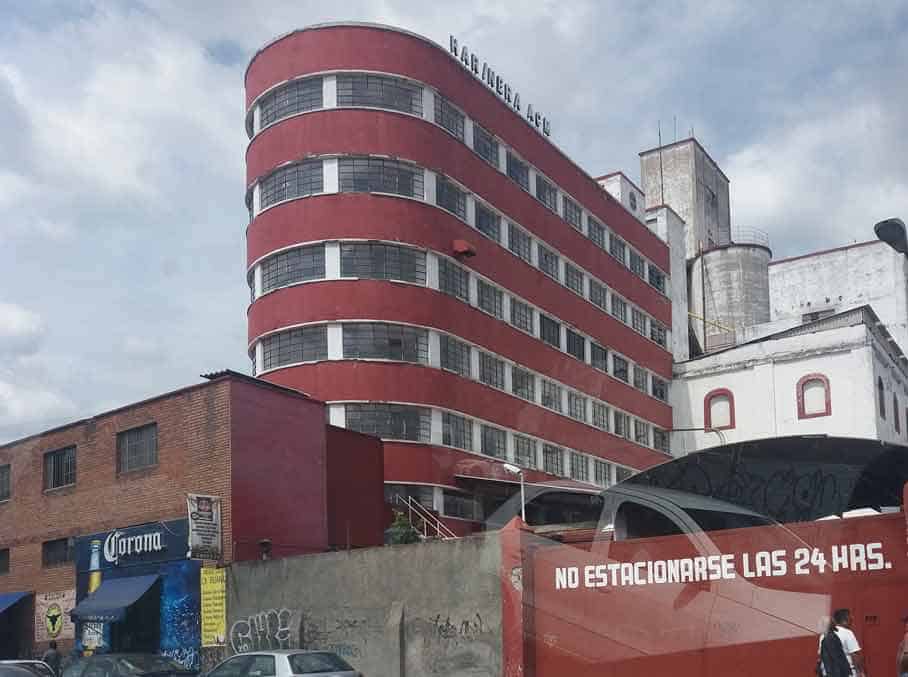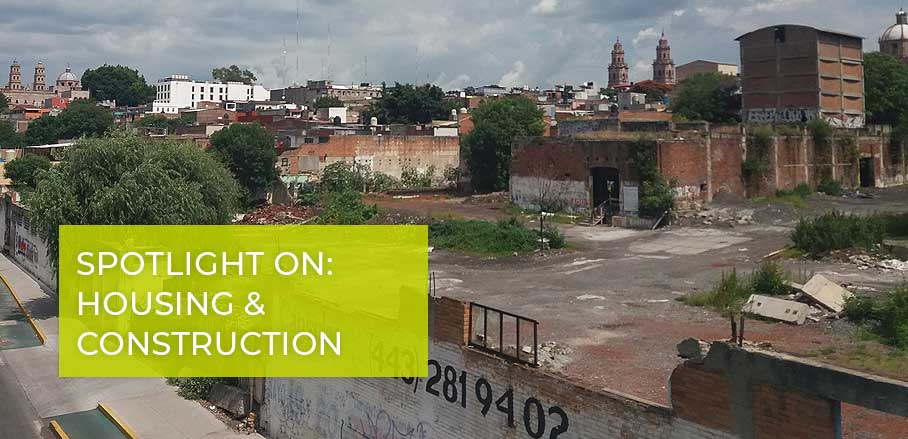Urban Regeneration: Viewpoints of a Mexican City
The city of Morelia, Mexico is planning to combat urban sprawl by densification and regeneration. With “District 4.0”, the city is hoping to attract investments from the creative-digital industries.
Combatting Urban Sprawl in Morelia
Morelia is one of the twelve Mexican cities that carries the title of UNESCO world heritage site. It is located in the northwest of Michoacán State, in the centre of Mexico.
Morelia was founded in 1541 following the building standards of the Spanish settlers. In the 1980s, the city’s population started growing at an accelerated pace, leading to the current number of nearly 800,000 inhabitants.
Like many other cities in the world, the city of Morelia is dealing with a significant transformation that this accelerated population growth has triggered. It demands more urban space to accommodate new residents, and an economic transformation towards the tertiary sector.
So far, the city has responded to the rising demand for housing, services, and urban facilities by urban expansion, which in turn has transformed the natural environment of the city. To prevent this trend from continuing and to reduce urban sprawl, the city has identified several zones with the potential for densification and urban regeneration in its strategic plan, “Morelia Next 2041”, published in 2016.
Low-Carbon Planning for Cultural Sector: District 4.0
One of these zones is the so-called District 4.0. Planners envision this former industrial area located close to the historic centre as a future creative-digital district. The plan seeks to transform the area into a new economic pole that welcomes new uses and economic activities linked to innovation, knowledge and technology. The idea is to allocate urban space to the growing cultural and creative industries. District 4.0 will be equipped with the infrastructure needed to house artists’ workshops and studios, co-working facilities, laboratories and research centres, cultural and recreational activities and housing alternatives adequate for new social structures, such as lofts or studios with flexible spaces, apartments for rent by day or month, and hostels.
Planners hope that the area will become an example of low-carbon development. In order to achieve this goal the strategic plan includes specific guidelines to follow, such as promoting e-mobility, building bike paths and introducing a public bicycle-sharing system, and making room for the urban greenery in all of its forms—not only trees and parks, but green roofs and green walls, urban agriculture, and green infrastructure.
The goal is to convert District 4.0 into an innovation hub to attract new talent, so that start-ups and business incubators want to be located there.
Challenges of Conversion
District 4.0 in Morelia has several iconic buildings, such as the flour mill with its functionalist style, that could easily serve as sites for a modern architectural intervention that uses new materials and a contemporary language, and that meets the programmatic demands of new social requirements. The proximity to the historical city centre can help to link the new land uses of District 4.0 to the many cultural activities that take place in central Morelia.

Flour mill in Morelia © 2018, Auribel Villa
However, many challenges lie in the undertaking of converting such spaces. Depending on the type of industry that they served in the past, they may have been exposed to soil and air pollution. If the intervention isn’t carefully and mindfully planned, it can also lead to saturation of existing infrastructure, i.e. result in a lack of water or energy supply, overuse of the drainage network, or traffic congestion.
There is always a risk of unintentionally promoting gentrification. A project that seeks to contain or reduce urban sprawl may instead end up promoting it and contribute to social exclusion. If the population that originally resided in the area is forced to leave because of increasing land or rental prices, they will most likely migrate to a district at the periphery of the city where they can find affordable housing.
To avoid gentrification, one needs to include a strong social policy in the repurposing strategy that gives the resident population the opportunity to integrate into the new business models instead of being marginalized.
Modelling Scenarios for Policy Development
District 4.0 is just one example of the complexity and dynamics taking place in urban systems. If the District is going to be a success, the implementation process should take into account the social, environmental, and urban variables, otherwise it risks executing regeneration projects badly and with unexpected consequences, despite good intentions.
This is why at Cities and Climate Change Programme (CiClim), a programme of the International Climate Initiative (IKI) in Mexico carried out by GIZ in collaboration with the Mexican Ministry of Agrarian, Urban and Territorial Development (SEDATU) is driving a prospective exercise with the Planning Institute of Morelia (IMPLAN Morelia) and Capsus. We are modelling several scenarios to visualise which set of policies is needed to create adequate synergies to drive urban regeneration that effectively combats urban sprawl, contributes to reducing greenhouse gas emissions and leaves no one behind.
The study is still in its initial stage, but at least four have been identified so far:
- The tendential scenario: a vision of future growth of the city with no intervention in District 4.0,
- he high-density scenario: building the city upwards by using the maximum height of buildings and number of occupants allowed,
- The Transit-Oriented Development (TOD) that focuses on sustainable mobility
- The Green City, which prioritises green infrastructure.
We hope that this exercise will enable us to create a sustainable and low-carbon District 4.0, and that it can be replicated in other Mexican cities.
- Green Infrastructure in Mexico: A Booster for Healthier Cities - 17. October 2018
- Urban Regeneration: Viewpoints of a Mexican City - 12. September 2018
